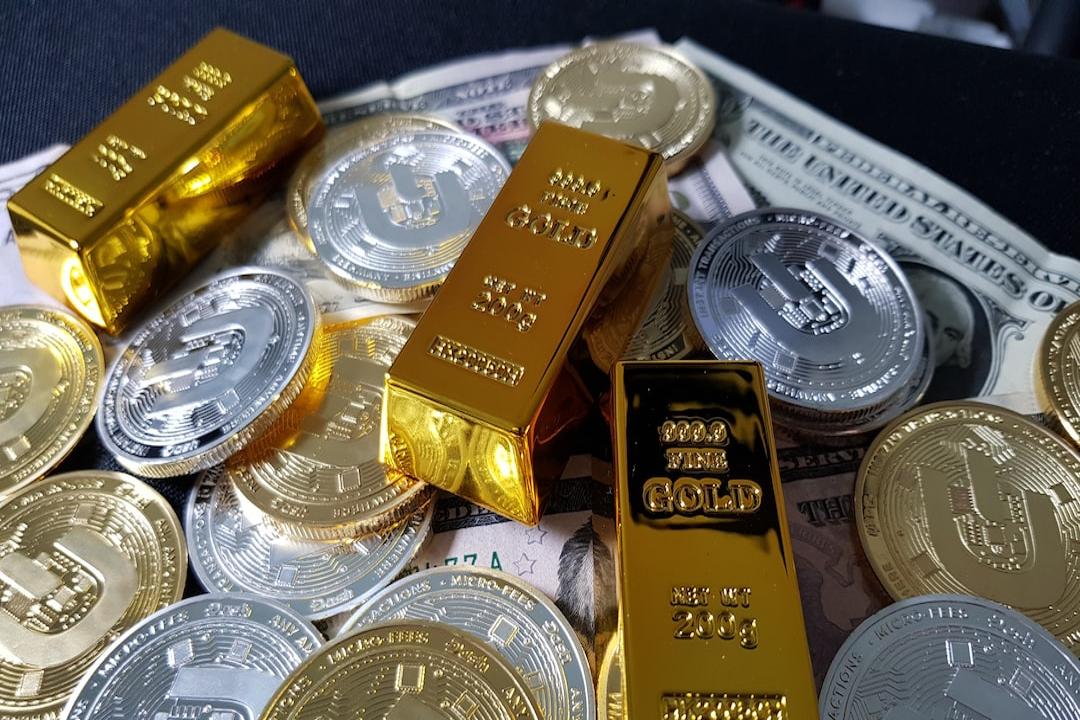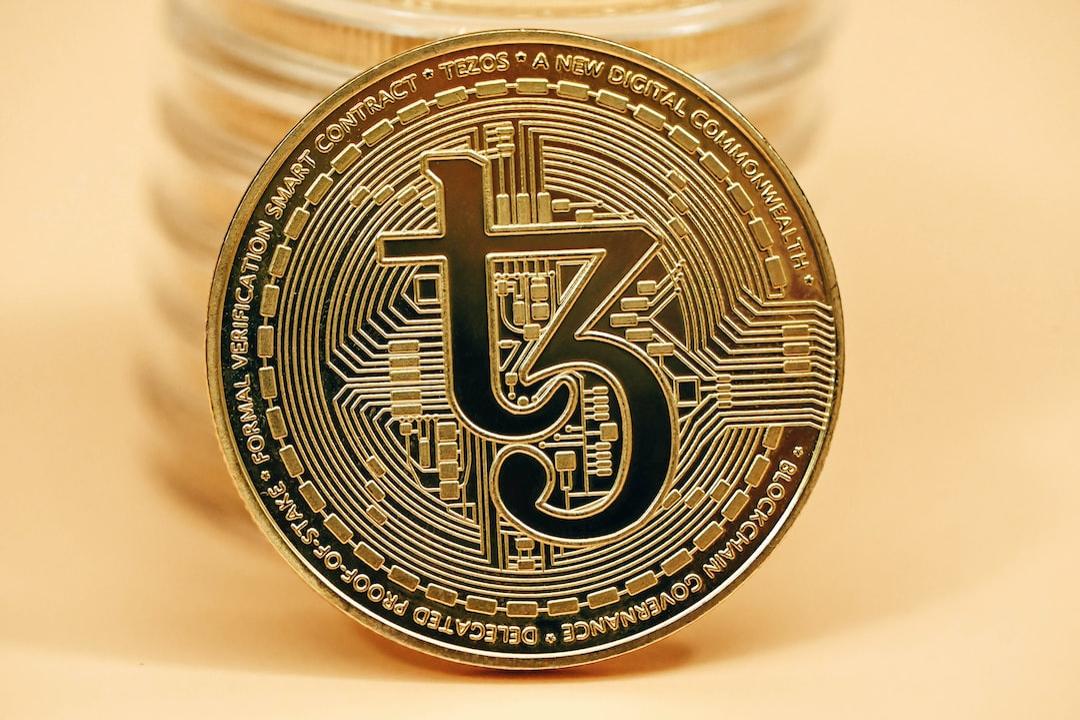This article will quickly guide you through the basic concepts of options, using simple and easy-to-understand examples to explain how options work, their risks and returns, and to clarify the complex terminology on options trading interfaces, enabling you to successfully complete your first cryptocurrency options trade!
(Background: Bitcoin breaks through 87,000》Analysts: The options market shows bullish signals, and the arbitrage selling pressure is easing)
(Background information: Coinbase reportedly acquiring Deribit! If successful, it will control 85% of the crypto options market share, countering the Kraken NinjaTrader merger case)
Let’s start with the concept of options
In simple terms, the concept of options is essentially a “deposit.”
The following story about the bluefin tuna season introduces the concept of options:
The bluefin tuna season is about to begin, and the eager Da Zhi goes to the seaside to sign a contract with the fisherman: “I will pay you a deposit of 2,000 yuan, and on May 1, I can buy a bluefin tuna from you for 10,000 yuan!”
On May 1, there could be two scenarios:
Scenario 1: There is an oversupply of bluefin tuna, and the market price drops to 5,000 yuan. In this case, Da Zhi would certainly not spend 10,000 yuan to buy from the fisherman, but would forfeit the deposit. In this scenario, Da Zhi loses the deposit of 2,000 yuan, while the fisherman gains the deposit of 2,000 yuan.
Scenario 2: Bluefin tuna is scarce, and the market price rises to 50,000 yuan. According to the contract, Da Zhi can buy the fish from fisherman A for 10,000 yuan, and then immediately resell it at the market price of 50,000 yuan. In this scenario, Da Zhi deducts the initial deposit of 2,000 yuan and nets a profit of 38,000 yuan. The fisherman, on the other hand, sold it cheaply, losing 38,000 yuan after accounting for the initial deposit of 2,000 yuan.
This illustrates the principle of a “call option.” Da Zhi, by paying a deposit of 2,000 yuan (the premium in options), obtains the right to buy bluefin tuna for 10,000 yuan on May 1 (the expiration date in options). Da Zhi is the buyer of the call option, and the fisherman is the seller.
The buyer (Da Zhi) has the right to decide whether to fulfill the contract (buy the bluefin tuna for 10,000 yuan) on the expiration date (May 1), while the seller (the fisherman) must comply. Regardless of whether the buyer fulfills the contract, the premium (deposit) will be taken by the seller and will not be refunded.
With “call options,” there are also “put options.” Switching the roles, fisherman A and Da Zhi agree: “I will pay you a deposit of 2,000 yuan, and one month later, I can sell you a bluefin tuna for 10,000 yuan!”
When the market price rises to 20,000 yuan, fisherman A will say, “I won’t sell,” losing the deposit. If the market price drops to 5,000 yuan, fisherman A will sell to Da Zhi for 10,000 yuan and make a profit. Here, the put option is the right to sell the fish, fisherman A is the buyer of the put option, and Da Zhi is the seller.
Therefore, from a bullish and bearish perspective:
The call option buyer (Da Zhi) is bullish on the market, while the call option seller (fisherman A) is bearish.
The put option buyer (Da Zhi) is bearish on the market, while the put option seller (fisherman A) is bullish.
Illustration of Basic Trading Strategies
Having understood that rights are divided into call options and put options, and that trading rights involves buyers and sellers, what is the difference between the call option buyer and the put option seller? The difference lies in their distinct profit and risk profiles.
Buying Call Options (buy call)
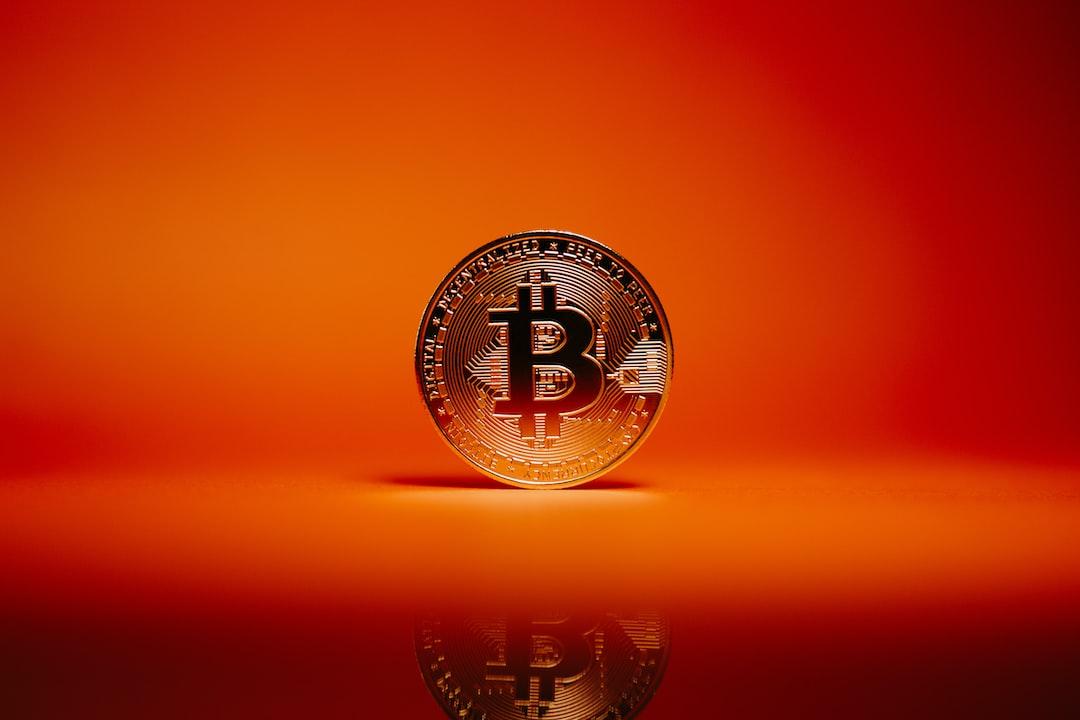
Maximum Profit: Unlimited; the more it rises, the greater the profit.
Maximum Loss: The premium paid.
When to Use: When expecting the market to rise significantly.
Selling Call Options (sell call)
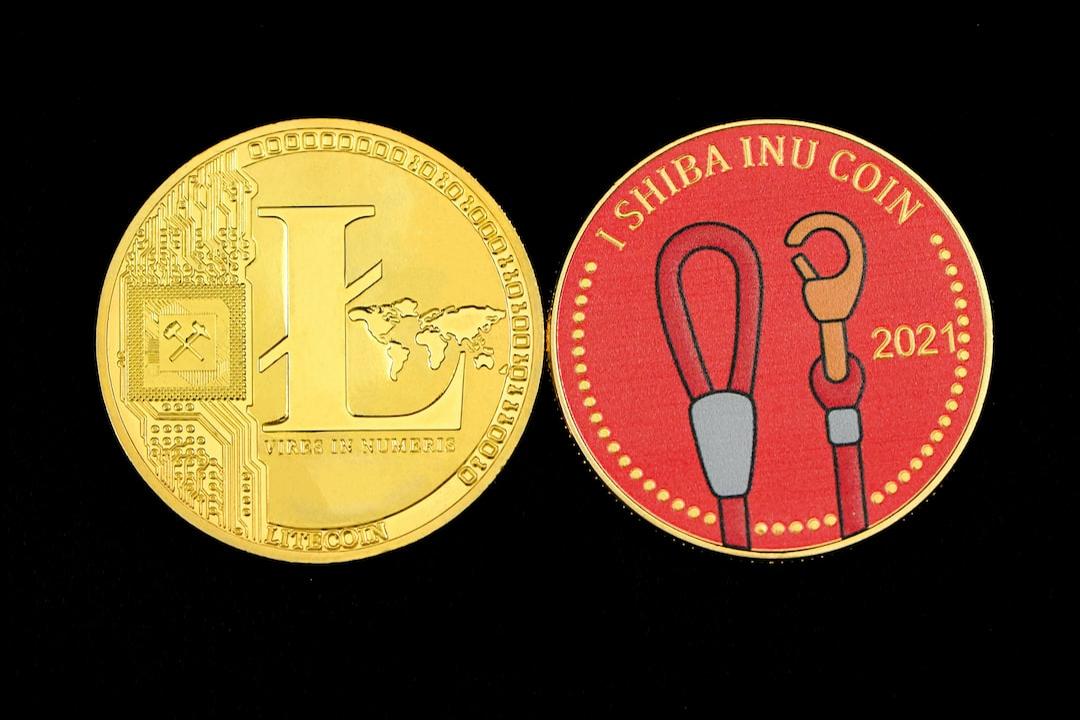
Maximum Profit: The premium received.
Maximum Loss: Unlimited; the more it rises, the greater the loss.
When to Use: When expecting prices to remain stable or decline, or when anticipating prices will not break through the high point, while earning the premium.
Buying Put Options (buy put)
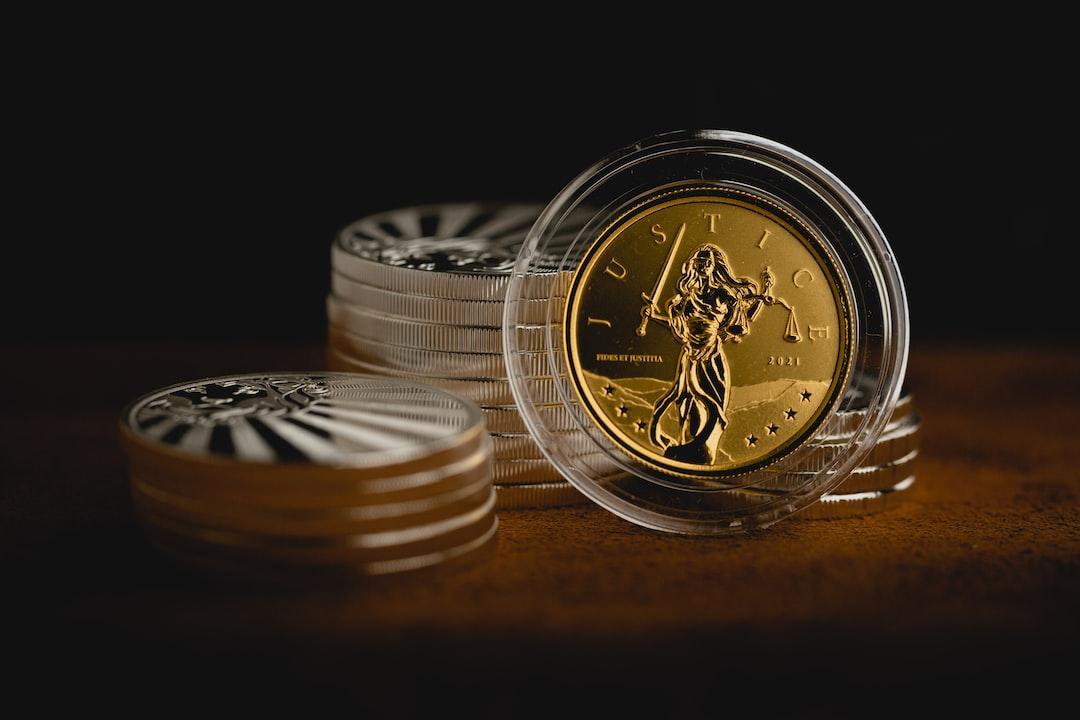
Maximum Profit: Unlimited; the more it falls, the greater the profit.
Maximum Loss: The premium paid.
When to Use: When expecting prices to drop significantly.
Selling Put Options (sell put)
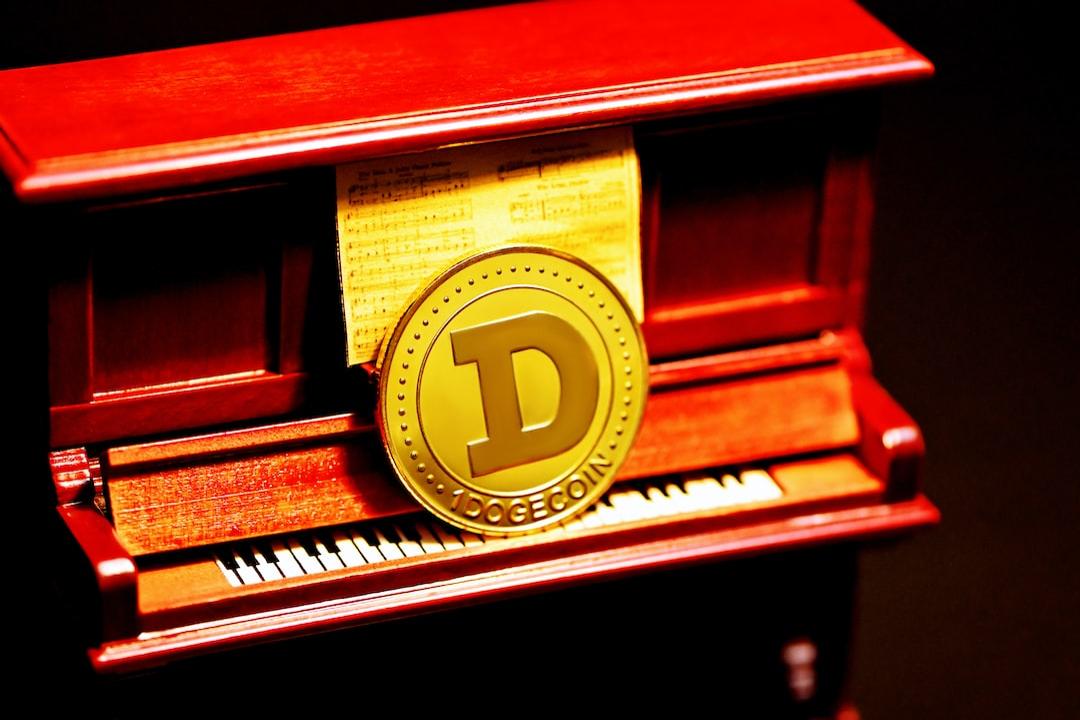
Maximum Profit: The premium received.
Maximum Loss: Unlimited; the more it falls, the greater the loss.
When to Use: When expecting prices to remain stable or rise, or when anticipating price support below, while earning the premium.
Advantages of the Seller
Another question arises: Since the call option buyers and put option buyers can both make unlimited profits and control risks, what benefits do sellers have? The following diagram explains:
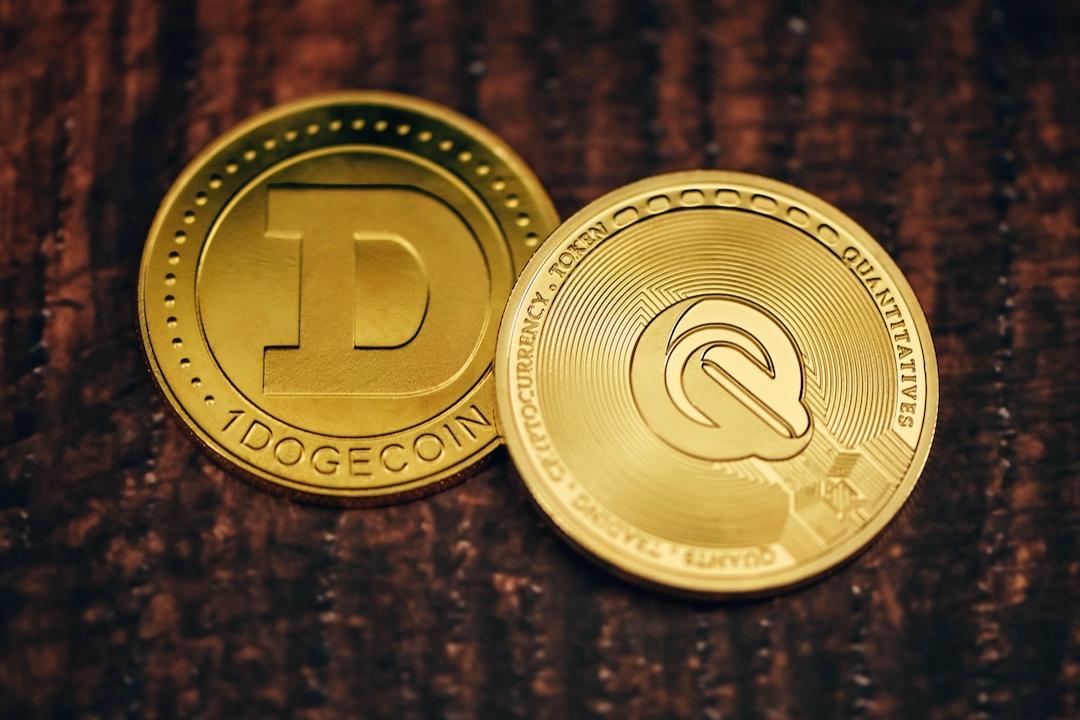
The seller’s advantage lies in a higher probability of winning. Taking the trading of call options as an example, suppose the strike price is 10,000 yuan and the premium is 2,000 yuan. The brown area represents the profit range for the buyer, meaning the buyer can only profit when the price rises above 12,000 yuan. However, for the seller, both the blue and yellow areas belong to the profit range; as long as the price is below 12,000 yuan, the seller can earn the premium of 2,000 yuan. Clearly, the seller has a higher probability of winning. Additionally, when prices fluctuate within a range, the seller can steadily earn premiums, making it a good profit strategy.
Analysis of Trading Interfaces
Trading Platforms
Many exchanges have launched options products, including centralized exchanges like Deribit, OKX, Binance, Bybit, etc., and decentralized exchanges like dYdX, Lyra, Aevo, etc.
Platform Interface
The following introduces the operation interface of Binance, which currently only supports users as buyers, relieving them of the unlimited risks of being sellers.
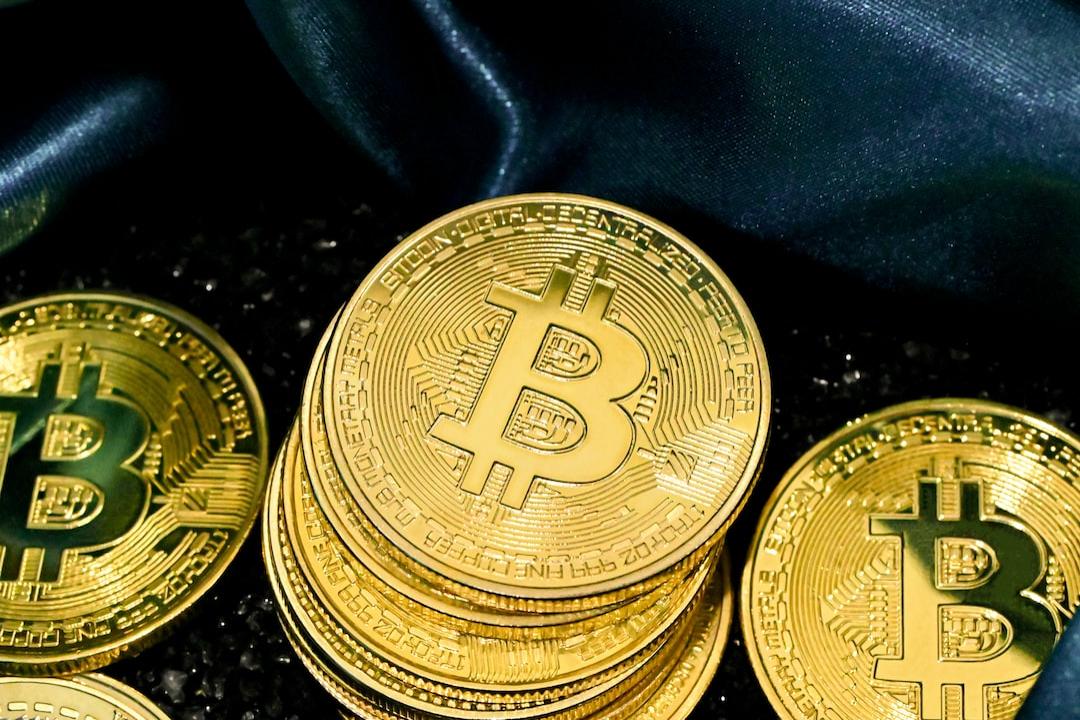
The orange area selects the underlying asset.
The yellow area selects the expiration date.
The blue area selects the strike price, which is the exercise price on the expiration date.
The green area is for buying call options, and the red area is for buying put options.
If the user is bullish on the strike price of 90,000 yuan for this option, clicking the pink area will bring up the order interface on the right.
Important Terminology
Trading Volume: Measured in “contracts,” the minimum trading unit is 0.01 contracts.
Delta: Indicates how much the option price changes when the underlying asset price (Bitcoin price) changes by 1 unit. The Delta of call options ranges from 0 to 1, while the Delta of put options ranges from -1 to 0.
Bid Price, Ask Price: The market order prices of the premium; the bid price displays the highest buyer price in the order book, while the ask price shows the lowest seller price in the order book.
Mark Price: The “fair price” calculated by the platform, reflecting the current theoretical value of the options, which may slightly deviate from the actual transaction price.
IV (Implied Volatility): The market’s expectation of how much the underlying asset price may fluctuate in the future.
The higher the IV, the greater the market’s expectation for the future price volatility of the underlying asset (BTC), increasing the potential return of the options, and the price is usually higher as well. Conversely, when IV is low, the option price will generally be lower.
At the intersection of the blue, green, and yellow boxes, there is a breakeven volatility of 47.1%, which serves as the market’s benchmark expectation for the future volatility of the underlying asset and can be used as a reference for whether IV is high or low.
Relationship between Option Price and Premium
Buying Call Options: The lower the strike price, the higher the premium (the lower the strike price, the greater the profit amount and probability, thus the premium will be higher).
Buying Put Options: The higher the strike price, the higher the premium.
Conclusion
This article introduced the basic concepts of options, the operating principles of call and put options, and the respective risks and profits of four basic trading strategies. Additionally, it presented the options trading interface of Binance, clarifying the bewildering terminology, so you will no longer hesitate due to confusion. In the future, advanced options strategies will be introduced to provide you with more sophisticated hedging operations and profit methods.
